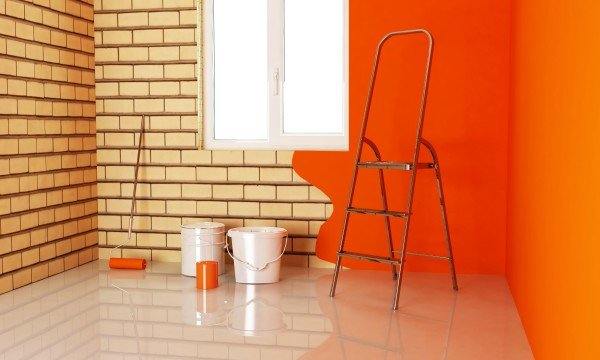Preparation
Painting is a popular do-it-yourself job, and many amateurs find success. However, to prepare, you must get the right tools. Items to have handy include:
Wall-cleaning materials:
Start with soft cloths, natural sponges (otherwise dyes may stain the walls), a bucket, at least four litres of warm water and a generous dollop of dishwashing liquid.
- If your walls are dirtier than average, add one cup each of white vinegar, washing soda and non-sudsing ammonia will work.
- Rinse the walls using a second bucket of clean water.
- Wait at least a day for the walls to dry.
Painter’s tape for door frames, windowsills and woodwork:
Clean, straight edges will give off the impression the job was done by a professional painter.
Primer to apply before the main colour:
Without primer, you risk painting the wrong shades and having it unable to stick as well as it should.
- Even better, add a bit of your main colour into the primer to reduce visible traces of the primer.
Patching compound:
You must take the time to adequately prepare your walls. This part of painting may be less thrilling, but take care to fill, scrape, patch and sand imperfections.
- Wait a few days to ensure complete dryness before you proceed.
Paint, and lots of it:
Many people underestimate the amount paint they need. Plan to use about two cups of paint per 37 square metres.

